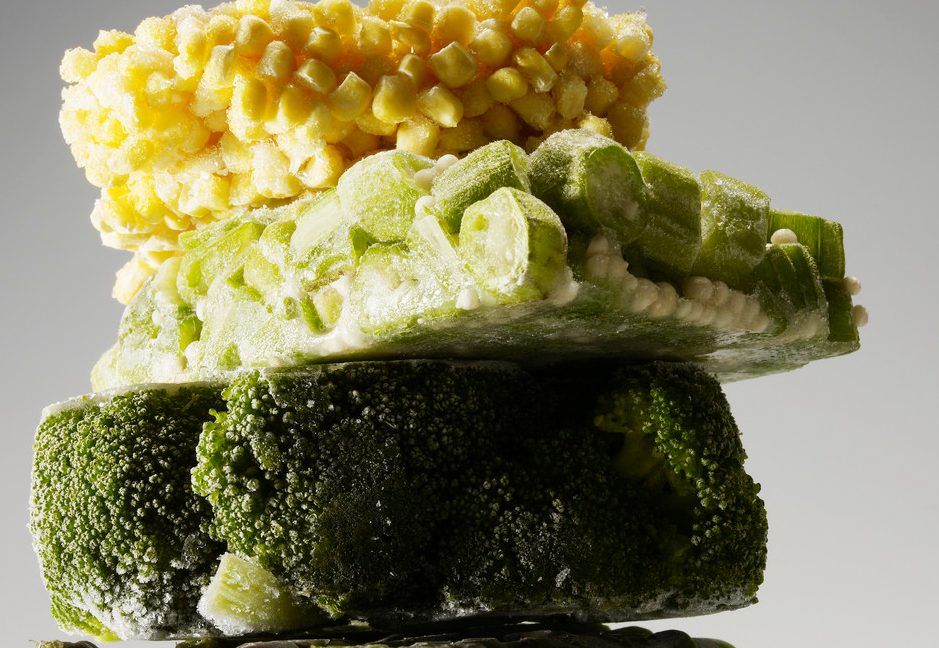Can Frozen Meals Be Healthy?

Can consumers trust efforts by some manufacturers to provide nutritious “healthy” or “diet” frozen meals for the entire family? Here's what you should know.
The frozen food cases in your local supermarket can be a dizzying, sometimes confusing, array of entrees, side dishes, and “meals.” You don’t have to look hard to find food that suits your taste — pizza, lasagna, burritos, enchiladas, a selection of Indian food, and staples such as meatloaf and pot pies.
There are also many “diet” options, and, increasingly, what are being heralded as “healthy” options.
Are they really healthier? Or is it simply clever marketing designed to tap into growing consumer concern about ingredients in premade foods and efforts to make better choices?
To varying degrees, the answer to both questions is “yes.”
YOU MIGHT ALSO LIKE: How to Avoid Unhealthy Foods in Your Supermarket
The move toward healthier frozen meals is real
“Companies are taking steps to make their products more nutritionally valuable to consumers,” said Libby Mills, RDN, spokesperson for the Academy of Nutrition and Dietetics and nutrition and cooking coach in the Philadelphia, Pa., area.
The trend toward lower fat, and the virtual elimination of trans fats, has been around a while and will continue. Mills also expects a trend toward higher fiber, as this critical dietary component gains mainstream recognition, and lower sodium. Mills expects these trends will grow because consumers are asking for them by how they’re spending their dollars.
“There seems to be more disclosure by the frozen food companies. So they’re actually telling you more about their product on the label than they did before,” Mills said.
For example, a product might tell you on the package that it contains wild caught salmon.
“Several years ago, distinguishing between wild or farm-raised salmon was just not on the manufacturers’ radar. Whereas now they recognize consumers are interested in this, and this is a selling point,” Mills said. “I wish I could say that this was true for all frozen foods products, however; [and] you still have to put on your glasses and read the label to find these particular foods.”
There are some caveats
Although frozen foods with less sodium, lower fat, fewer calories, and sometimes responsibly raised ingredients are available, relying entirely on frozen “meals” isn’t going to cut it.
As an example, Mills evaluated a package of Indian mattar paneer from a brand many perceive as healthier. The ingredients are all organic, mainly peas, paneer cheese, garbanzo beans, basmati rice, herbs, and other seasonings.
“One of things that most people are missing out on are enough vegetables,” Mills said. “It was really kind of a cool meal because it had all of these ethnic flavors, the diversity of textures, and the inclusion of really high-protein, high-fiber ingredients like the chick peas.” But she had reservations. “It’s difficult for me as a registered dietitian nutritionist to say that’s a complete meal because it lacks adequate vegetables.”
Another strike against this meal is the basmati rice — a simple carbohydrate of the kind we’re increasingly being warned against. This is true for most frozen foods, even the healthier brands.
“They include some vegetables. They may have a little more fiber. They’re low in fat. They’re low in sodium. But they still heavily rely on these very simply digested starches like pasta or white rice.”
But frozen meals can be a good starting point
Some frozen meals are better than others, and they could go a long way toward being the foundation for a healthy meal, Mills said.
Keep in mind, in a balanced meal half your “plate” should be vegetables. Augment your frozen meal with a side salad or another serving of vegetables. Consider adding some dairy and a piece of fruit, maybe as a snack.
Many of these meals are about 300 calories, so it’s pretty easy to add missing nutrients, even if you’re on a 1,200-calorie-a-day diet.
Marketing with a purpose
Are these efforts by food companies to entice consumers to come back to the frozen food isle just marketing, or are the efforts sincere?
Some of the marketing serves a valuable purpose, Mills said. The fact that you can now get a frozen meal with roughly 200 mg of sodium “is astounding. That was just never possible in the past.” The same is true for fat content, which may be as low as 3 to 8 grams.
Furthermore, portion control is inherent. The types of foods that people typically overindulge in are carbohydrates and proteins. But if you use a frozen entrée as the foundation for your meal, the proteins and carbs are already measured out. “So it’s really quite functional,” Mills said.
“We’re going to see frozen foods here to stay. I think it will only become increasingly more exciting for consumers as manufacturers become more competitive.” Mills predicts more interesting grains like bulgur and barley, not only to add diversity but also nutrition.
“Consumers are becoming much more savvy and demanding about knowing what’s in their food, being able to recognize it, and knowing that it’s nutritious for them,” Mills said.
One approach is to look at similar items from a number of companies that offer organic food. These include Amy’s Kitchen, Cascadian Farms Organic, and Morningstar Farms. Meat-eaters can compare Artisan Bistro and Applegate Naturals.
The bottom line
There are good frozen meal options out there, but you have to be a smart consumer. Read labels, pay attention to ingredients, and realize they’re not complete meals. As frozen foods become better formulated it will be easier to keep calories, sodium, and fat at reasonable levels while hitting nutritional targets with supplemental foods.
YOU MIGHT ALSO LIKE: Flash-frozen Fish Can Taste Better and Be Fresher
Updated:
August 25, 2022
Reviewed By:
Christopher Nystuen, MD, MBA and Janet O'Dell, RN